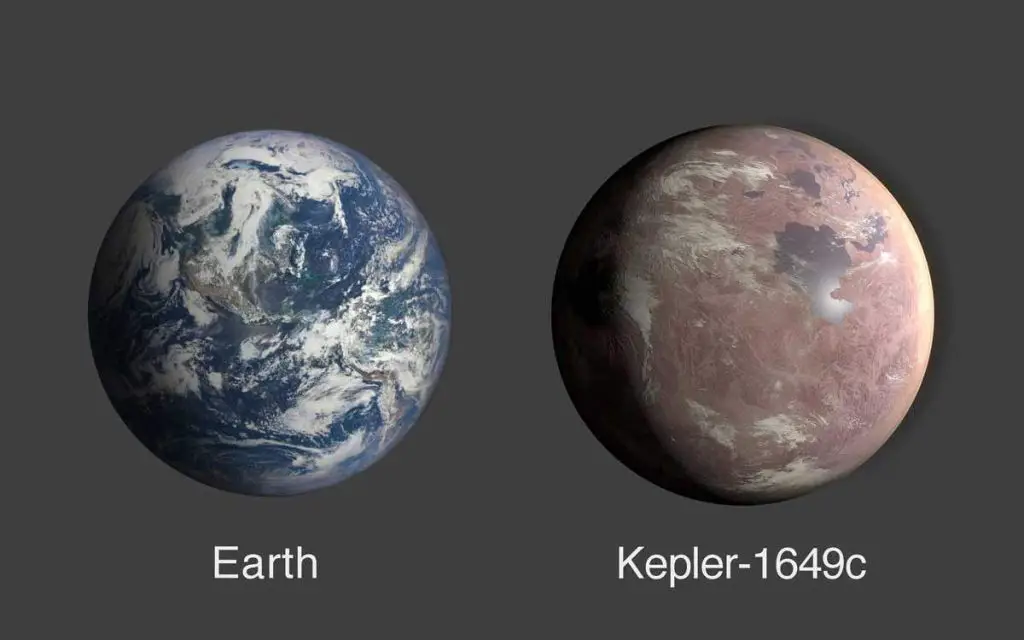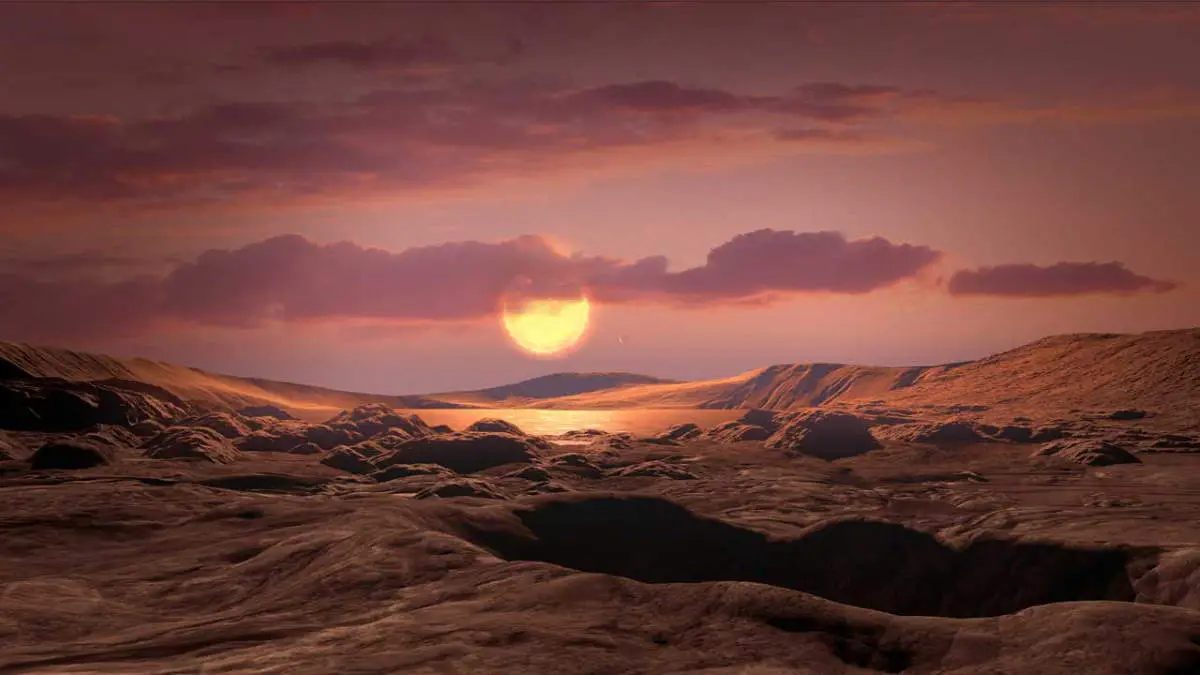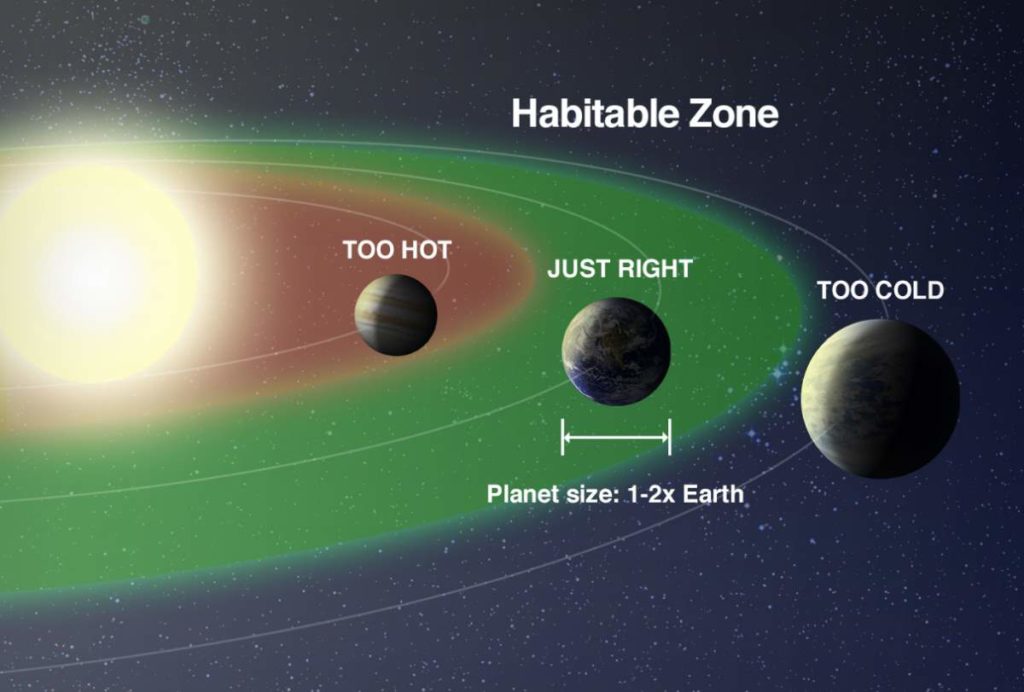A new Earth-sized planet named Kepler-1649c orbiting its star in the habitable zone has been detected by a team of scientists, using reanalyzed data from NASA’s Kepler space telescope, NASA has announced.
NASA’s Kepler Space Telescope retired in 2018, but the data stored by it still enables new discoveries. While previous searches with a computer algorithm misidentified it, researchers reviewing Kepler data took a second look at the signature and recognized it as a planet. Out of all the exoplanets found by the Kepler Space Telescope, this distant world – located 300 light-years from Earth – is most similar to Earth in size and estimated temperature.

Earth vs Kepler-1649c

Kepler-1649c is almost identical to Earth in size, only 1.06 times larger than our planet.
The amount of starlight the newly discovered exoplanet receives from its host star is 75% of the amount of light Earth receives from our Sun. This means the exoplanet’s temperature may be similar to our planet’s, as well.
So, can it host extraterrestrial life? Even intelligent life? It’s too early to tell, but probably not. Unlike Earth, it orbits a red dwarf. Though none have been observed in this planet’s system, this type of star is known for stellar flare-ups that may make a planet’s environment challenging for any potential life.
Kepler-1649c orbits its small red dwarf star so closely that a year on Kepler-1649c is equivalent to only 19.5 Earth days. The system has another rocky planet of about the same size, but it orbits the star at about half the distance of Kepler-1649c, similar to how Venus orbits our Sun at about half the distance that Earth does.
That means Kepler-1649c can be tidally locked to its host star. If that’s the case, life on this exoplanet is extremely unlikely.
On a tidally-locked planet, a single region is consistently close to the star. Known as the substellar point, this region continuously receives more direct sunlight, and thus more heat. Water on one side may be in a vapor form while on the other side, it may be frozen into ice. Strong constant heating of a planet on one side can change or even control how much weathering occurs on the planet, which can lead to significant and even unstable climate changes. These dramatic climate effects most probably make a planet uninhabitable even if it has the potential for life.
Red dwarf stars are among the most common in the galaxy, meaning planets like this one could be more common than we previously thought.
Thomas Zurbuchen, the associate administrator of NASA’s Science Mission Directorate in Washington, said: “This intriguing, distant world gives us even greater hope that a second Earth lies among the stars, waiting to be found. The data gathered by missions like Kepler and our Transiting Exoplanet Survey Satellite (TESS) will continue to yield amazing discoveries as the science community refines its abilities to look for promising planets year after year.”
Transiting Exoplanet Survey Satellite (TESS) is a space telescope that launched on April 18, 2018, atop a SpaceX Falcon 9 rocket. Like the previous (now retired) Kepler Space Telescope, the TESS is using the transit method. But it covers an area 400 times larger than that covered by the Kepler mission.
If a planet crosses (transits) in front of its parent star’s disk, then the observed visual brightness of the star drops by a very small amount, depending on the relative sizes of the star and the planet. This drop can be measured by precise instruments on the space telescopes.
Discovery alert! A team of transatlantic scientists, using data from @NASA’s Kepler space telescope, discovered an Earth-size exoplanet in its star’s habitable zone, the area around a star where a rocky planet could support liquid water. Tweet by NASA.
Sources
- “Earth-Size, Habitable Zone Planet Found Hidden in Early NASA Kepler Data” on the NASA exoplanets website
- Space Shuttle Endeavour’s Touchdown Meets Columbia’s Salute [An amazing photo from the past] - February 29, 2024
- Moon Landings: All-Time List [1966-2024] - February 23, 2024
- From Orbit to Ordinary: 10 Earthly Applications of Space Technology - January 23, 2024



